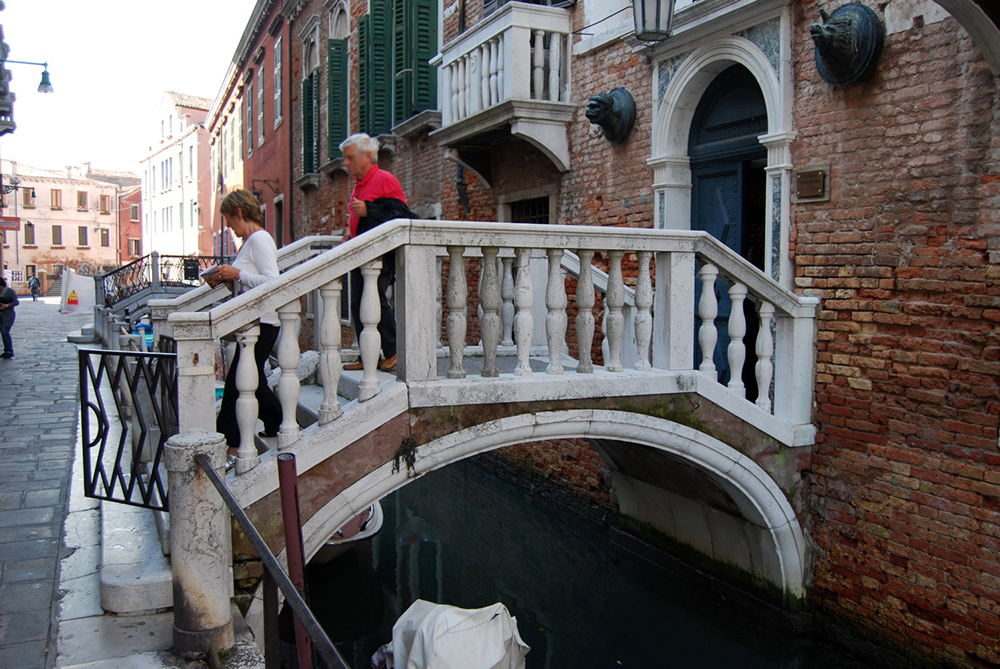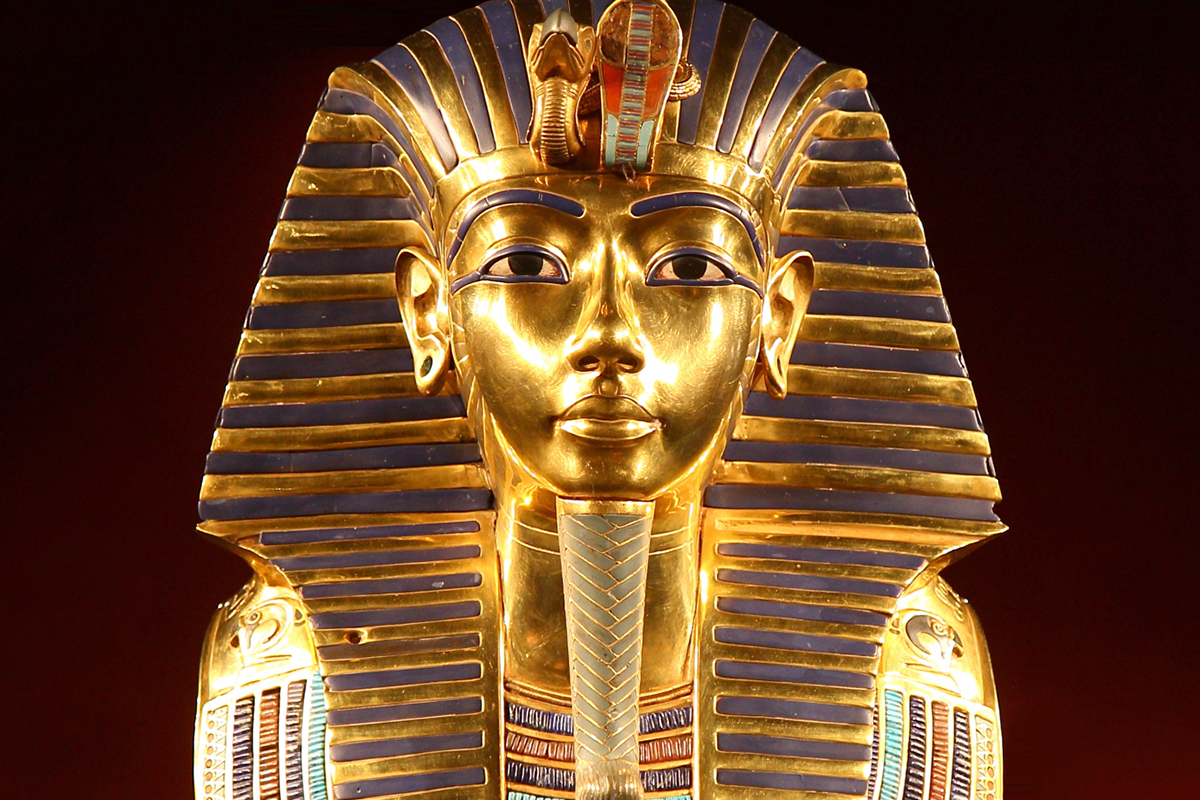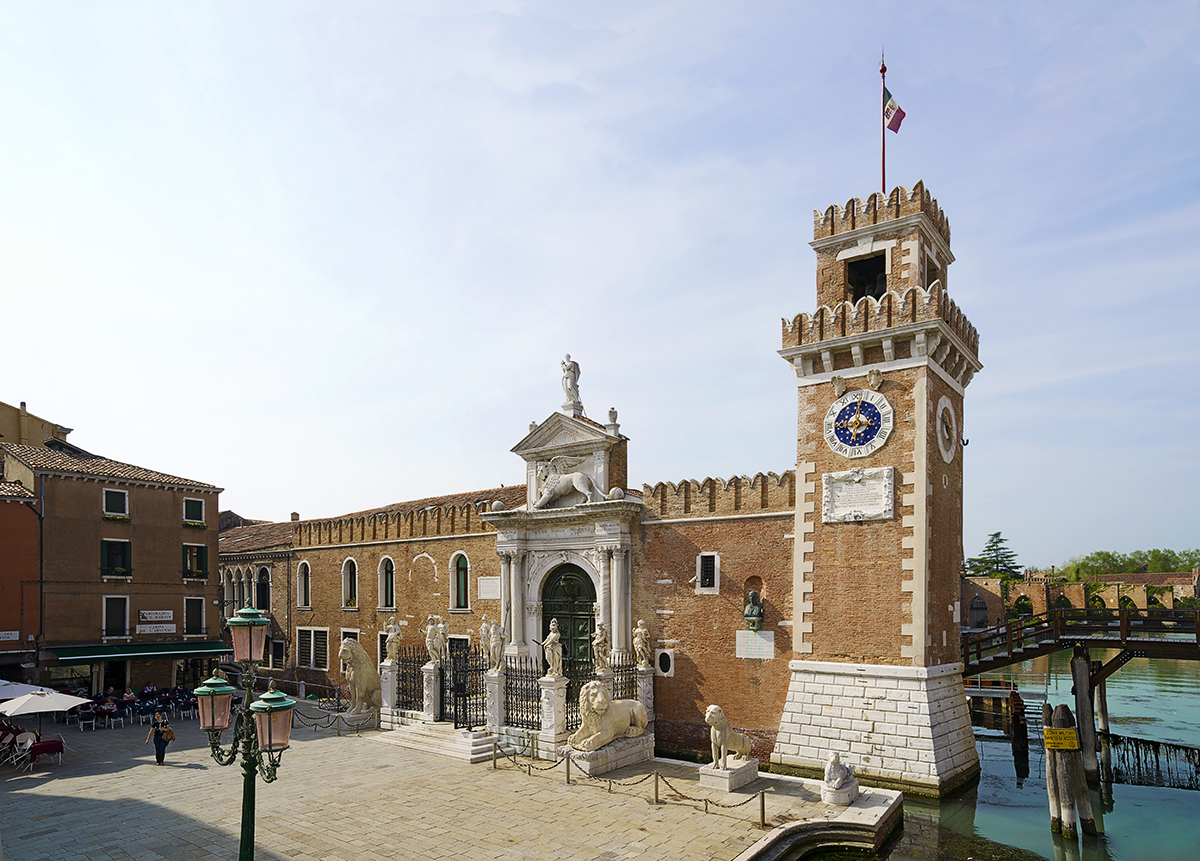
Rise and “fall” of the first global industry
Today it surprises us to see an industrial assembly line where standard components are put together to reach a final product that is recreated in identical copies many times over. Perhaps we are awed by the efficiency of this industrial model “with a centralised structure” as the economists call it. What few of us know is that this productive capacity existed already in Venice in the 12th century. The Arsenal of Venice was the first ‘state’ industry in the world where ships and weapons were produced, two essential activities for maritime war against their Ottoman enemies, and more. Here is another first for the main city in the Veneto region.
Built between the parish of San Giovanni in Bragora and the Basilica di San Pietro di Castello, the site was chosen for its vicinity to the docking point of the wooden planks coming from Cadore and Montello. Three noblemen from Venice, in the 32 months of service, had the duty of guarding the building where ships and weapons were produced, as it was a state secret. From its origins in he second half of the 12th century, many changes took place. In the beginning the activities were limited to the restoration of the battle shops, to the deposit of utensils, weapons and wood, and also as a workshop for hemp. It is significant that hemp, used to produce rope, came from the estuary of the Don river in south European Russia. From ‘300 to ‘500, a time of maximum expansion for the shipping industry and military actions of Venice, the Arsenale underwent five major developments in terms of size and productive capacity. In the period between 17th and 18th century the power of Venice decreases, but the Arsenale remains active even after the end of the Serenissima in 1797 with the Campoformio treaty. The Arsenale was looted by Napoleon, and then restored by the Austrians (1798-1805), then enlarged during the Reign of Italy becoming the main shipping base for the Adriatic before the Napoleonic empire (1805-14) and then the Austrian empire. The last three developments of the Arsenale during the Savoy reign of Italy was when they built the last glorious phase of this area, which was used by the Germans as a cement bunker in the second world war. From then on the decline commenced.
From the 6th February 2013, the Venetian city council is owner of the majority of the Arsenale complex (almost 60%). Let’s not forget that this is the area that houses the exhibitions of contemporary art during the Biennale in Venice, another unmissable event. A minority quote remains of the Marina Militare Italia with the Istituto di Studi Militari Marini and the Museo Storico Navale. Times and uses have changed, but the Arsenale remains to this day one of the most important centres for the city’s economy.
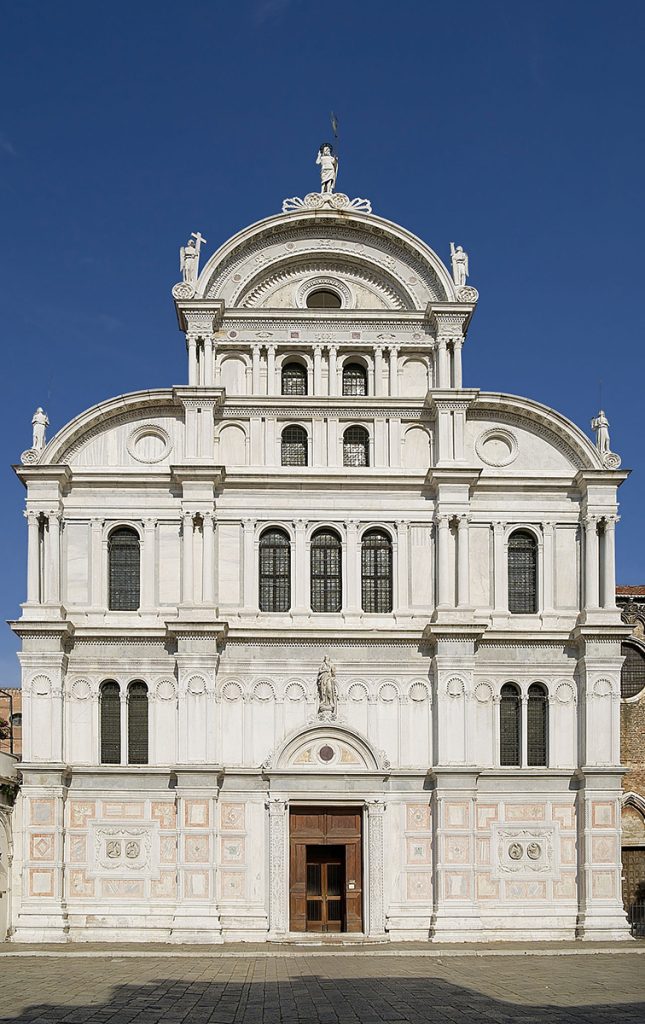
Church of the month
Chiesa di San Zaccaria
Between the innumerable churches of Venice, an important role was given to the church of San Zaccaria, located in the sestiere of Cannaregio behind the Marciana area. Dating back to the 9th century, this building was dedicated to Zaccaria, father of the better known Giovanni Battista (John the Baptist), his remains where donated to the Serenissima by the byzantine Emperor Leone V to strengthen their mutual friendship. This is what legend says. Mauro Codussi designed the church that is visible nowadays in the 15th century: three naves with cross vaults; the façade appears to be parted by columns in couples and is mounted on a great gable on which the statue of San Zaccaria emerges. Numerous windows, in decreasing numbers from the ground, complete the frontal part of the building. Do you think that Zaccaria is the only Saint of which his relics can be found in this church? No, there are another 11: San Achilleo, Claudio, Gregorio, Leone, Sabrina, Tarasio, Nereo, Pancrazio, Pietro, Stefano and Teodoro.
Between calli and steps
Purgatory Bridge (Ponte del Purgatorio): between reality and literature
The Venice Arsenal was one of the reasons for Venice’s naval dominion of the Mediterranean. Dante Alighieri (1265-1321) mentioned it in the Divina Commedia, in the Inferno, following a visit to the Serenissima as ambassador. This helps us to understand the importance that this state-owned Venetian company had reached in the rest of Italy. In sign of eternal gratitude, the Venetians named the houses of the three Patroni all’Arsenale, three noblemen with the duty of looking after the Arsenale, “Casa del Paradiso, del Purgatorio, dell’Inferno” (House of Heaven, of Purgatory, of Hell), just as the verses of Dante’s Commedia. Three small private bridges, not normally accessible to the public, permitted entrance to these three houses. A small distance to the entrance of the Arsenale, the Purgatorio bridge arises, which is not an important structure in an artistic sense. Indeed, it is a small bridge in stone made of only one arch, that conducts to a door which has two decorations in relief: the head of a man with a moustache on one side and the head of an animal on the other.
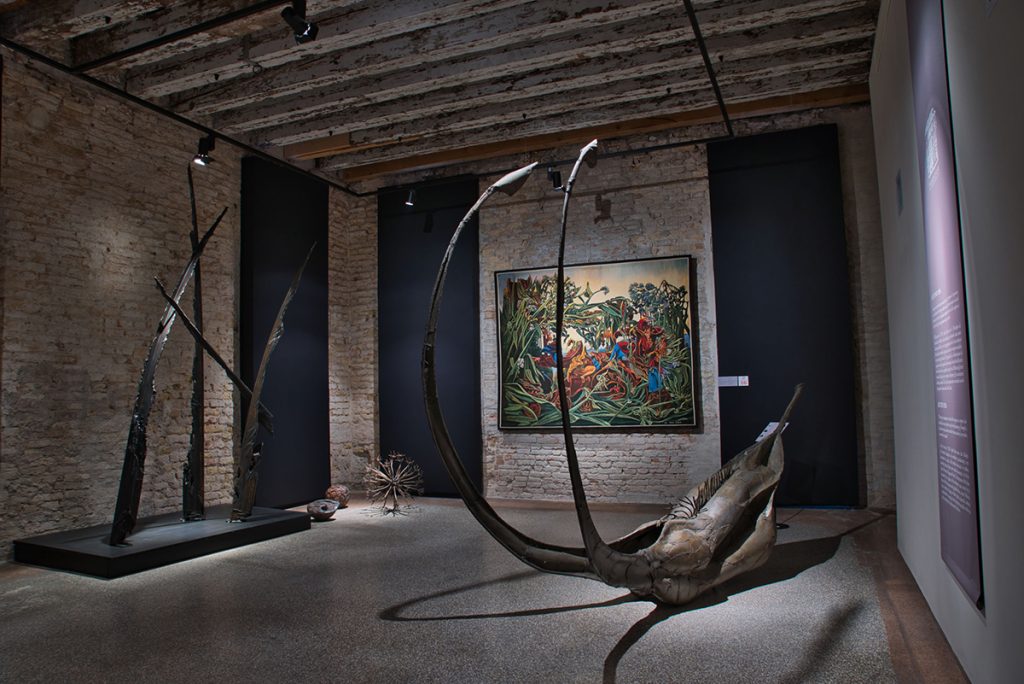
Appointment with art
Palazzo Zaguri, the exhibition halls that attracts tourism
With its 35 halls, located on 5 floors, Palazzo Zaguri represents a permanent exhibition space that is rich in culture. It is located on campo San Maurizio in Venice. To testimony its success there are the over 30 thousand visitors in the first four months of the exhibition “Da Kandinsky to Botero. Tutti in un filo” and the 45 thousand visitors of “Venice Secrets”, that have renacted personalities such as Giacomo Casanova and Giordano Bruno. Some of the peculiarities of the exhibition include the possibility of taking a photographic version of ‘L’attesa’ by Casorati, in the exact reconstruction of the painting that reproduces the artwork in its finest details. The exhibition “Da Kandinsky to Botero. Tutti in un filo” has been recently renovated. “Apollo e Dafne” reproduction, which is more that perfect of the painting by Corrado Cagli, has left its place to the original artwork by the artist from Marche, on loan from the archive Cagli in Rome. Then there are the two paintings by Ugo Gangheri, created on sacks of coffee beans which have been un-weaved, and enriches the exhibition space, in close dialogue to the tapestries dedicated to “Il lavoro” by Mario Sironi and “Padiglione delle donne” by Paul Klee.
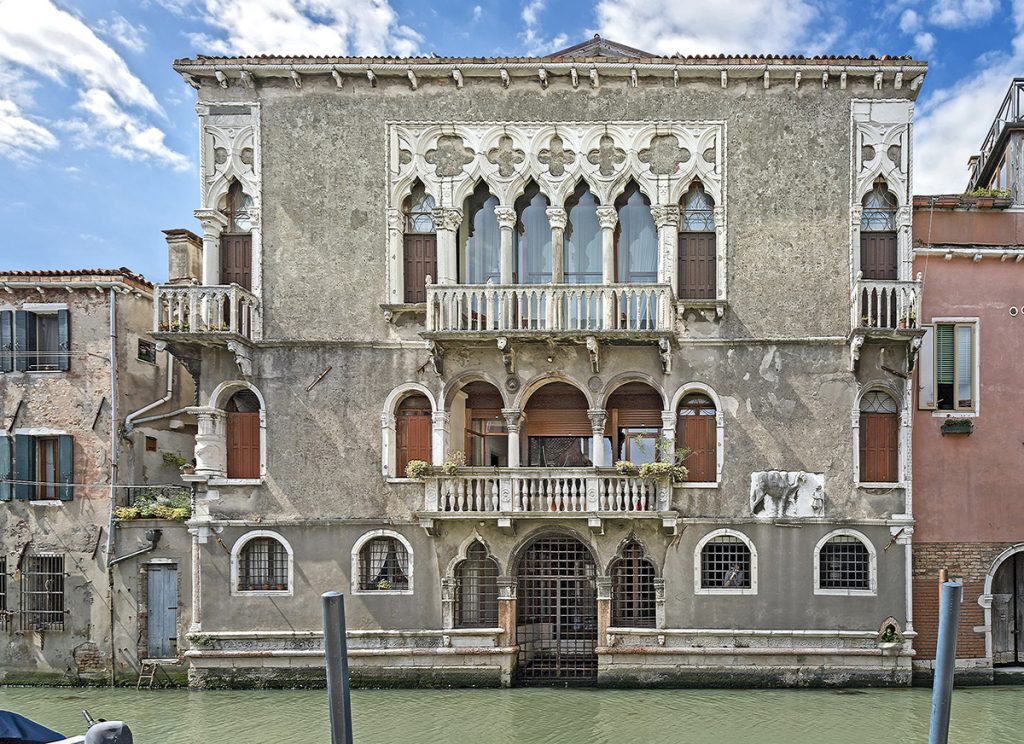
Historical Buildings
Sestiere Canaregio: Casa del Camello, between history and legends
Between the curiosities of the splendid Sestiere of Cannaregio there is the Casa del Camello (Camel’s House), its name derives inspiration from a bas-relief, positioned on the façade of the Palazzo Mastelli, that shows a man with a camel. According to an ancient legend a rich Oriental merchant, who for love wanted to make his house recognizable to his beloved bride, drew this. The woman, indeed, did not want to follow his husband to the lagoon city. However, this is not the only story surrounding this palace. At the end of the 18th century, legend recounts that there were ghosts that would ring all the doorbells at the exact same time of day, people fainting and purifying rituals. As well as the windows that would open by themselves, broken mirrors and mysterious shadows. However, what is certain is that palazzo Mastelli was built around 1100. The family that named the palace worked in the commerce of silk and spices. Three mercantile brothers who arrived in Venice from The Morea for business and it seems that their coat of arms was that of the camel.
4 Must of Venice
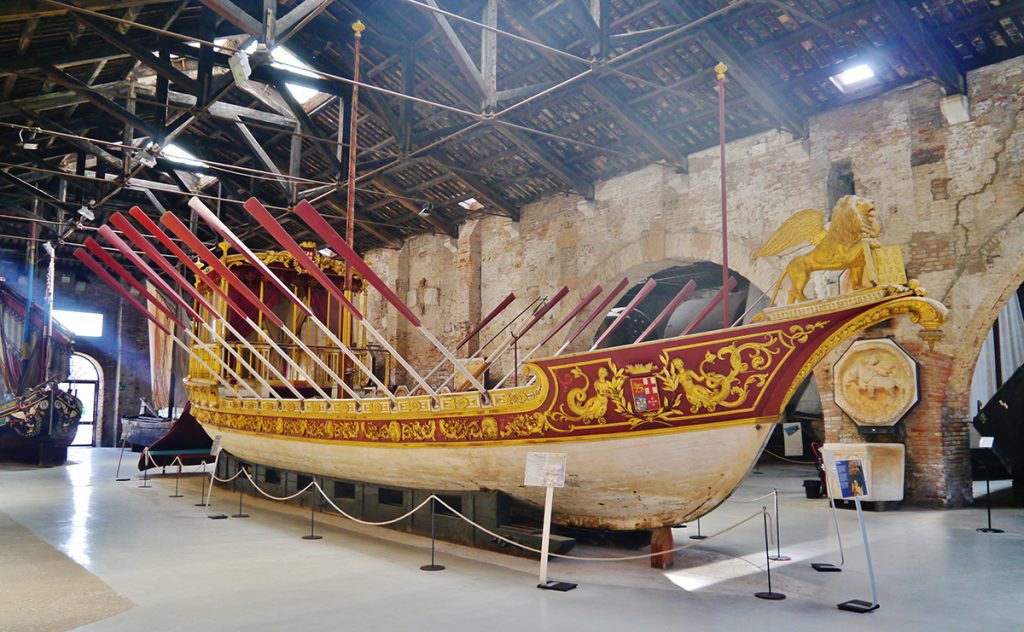
Must-see
Historic Naval Museum
Situated in an old granary from the Serenessima Republic of the 15th century, the Museo Storico Navale di Venezia (Historic Naval Museum of Venice) is one of the five around Italy. There are five floors that are divided into 42 rooms. The collection of ship models includes those that were saved from the pillage of the Arsenale in 1797, and also models of boats from the Orient. Between all of these, the Bucintoro, the ceremonial ship of the Doge is certainly the one that shines the brightest.
Riva S. Biasio Castello, 2148
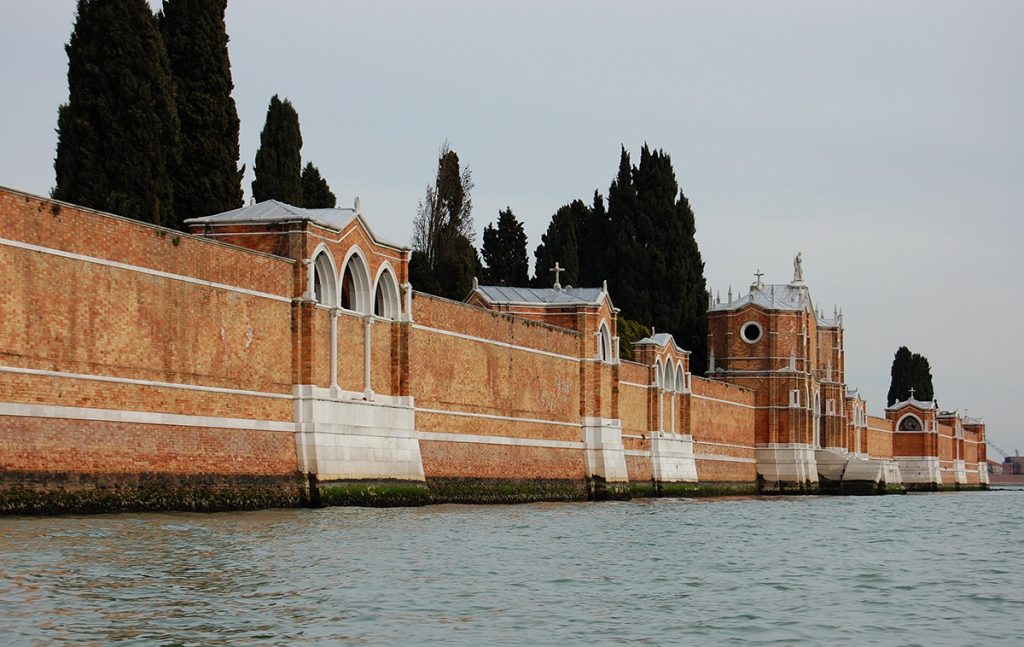
Must-do
The cemetery of San Michele
The cemetery of San Michele that can be found on the island carrying the same name is located between Venice and Murano, and is a garden that infuses peace and serenity, and where the decadent spirit of the city can be felt.
Here, far from all noise, you can walk between tombs of Catholics, Evangelicals and Orthodox, and at the same time discover famous tombs such as that of the Swiss painter Louis Leopold Robert, the composer Igor Stravinsky, and the writer Giacinto Gallina and many more.
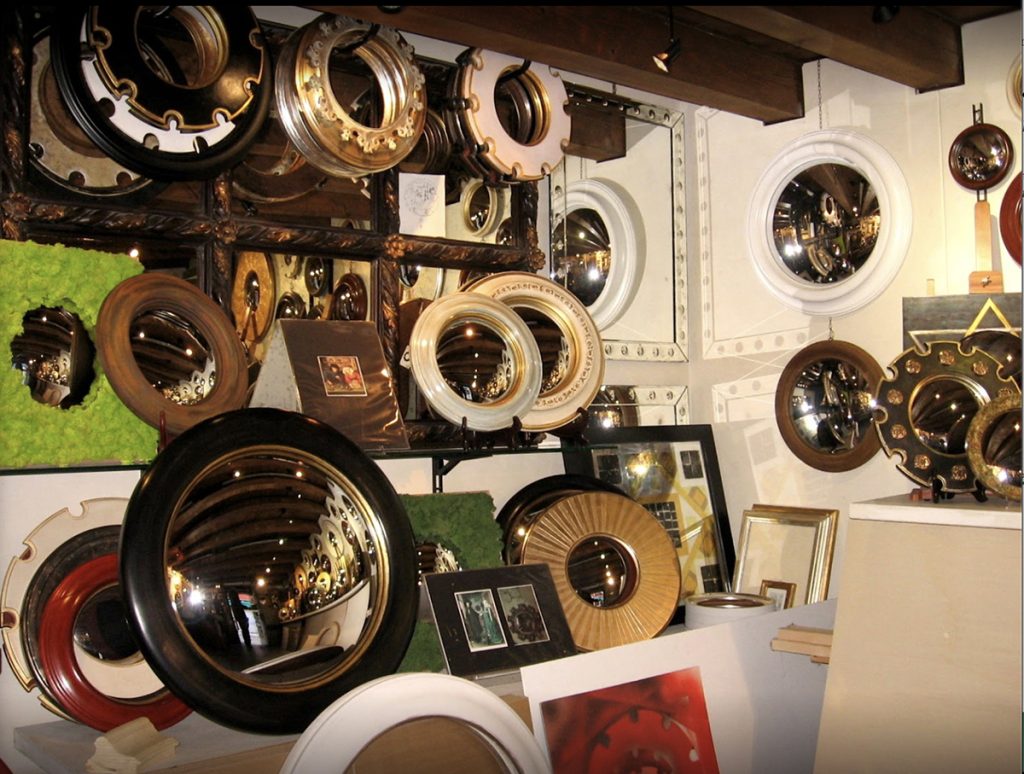
Must-have
In Dorsoduro, a few steps from the Gallerie of the Accademia, there is Canestrelli, an artisanal laboratory and shop from the Coluccio family, that creates “mirrors of the witches”. Also known as ‘Sorciere’ their name derives from their convex form, that since ancient times, are considered good luck charms for the house. Created completely by hand, inspired by history of art, they are different from eachother in terms of materials, chromatic shades and in the reflective capacities. All this makes each and every one a unique piece.
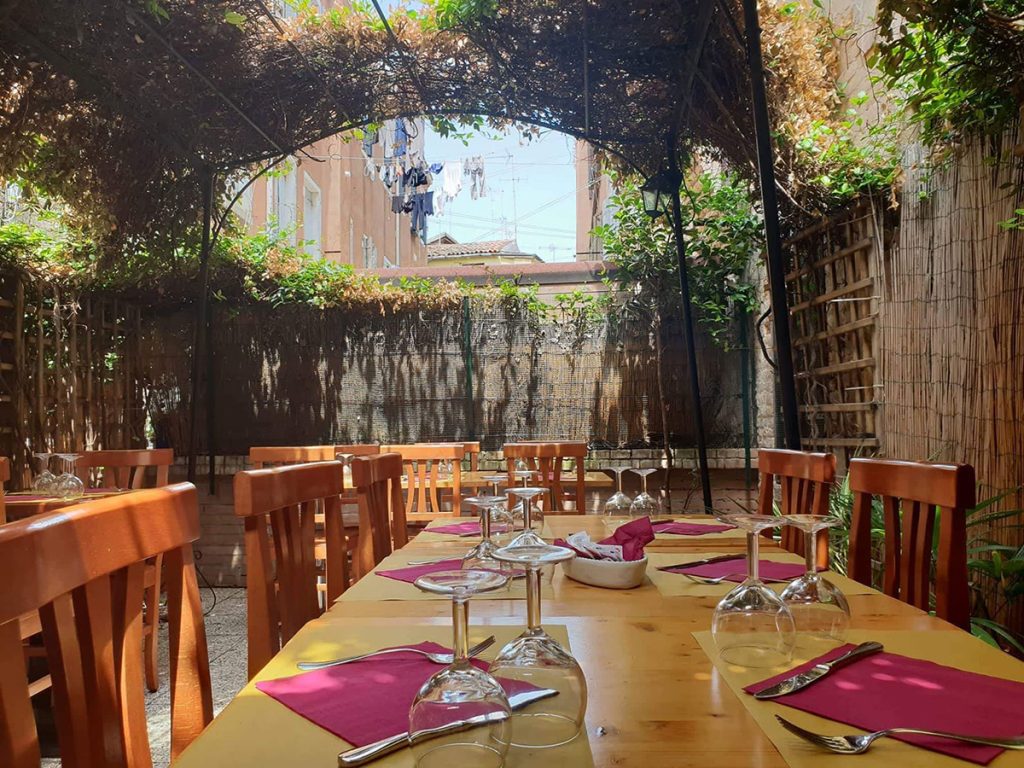
Must-eat
Osteria Ale Do Marie
If you adore traditional delicacies with fish (like polenta with squid), then this is the place for you. Far away from the tourist area, this traditional osteria is perfect to grab a bite to eat inside, in the veranda or in the garden.
San Francesco della Vigna, Castello 3129.



